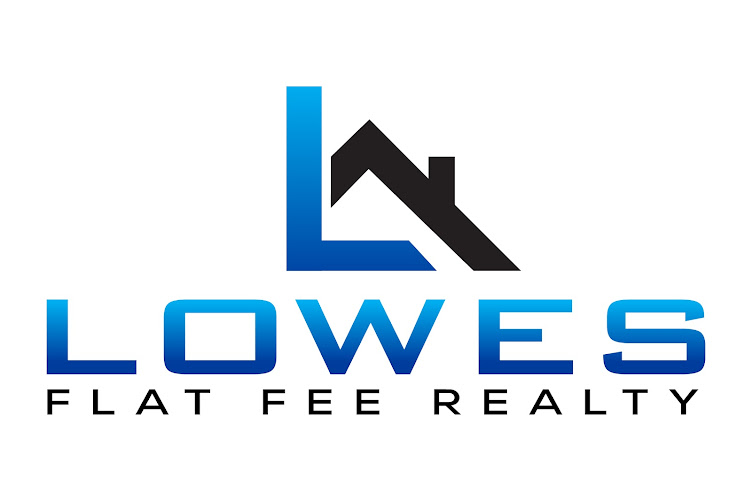 The federal government is reconsidering their involvement in the home mortgage process. They plan to still ‘guarantee’ certain mortgages. However, they appear to be redefining what they consider a ‘qualified purchaser’. They are discussing stricter lending guidelines in four different areas:
The federal government is reconsidering their involvement in the home mortgage process. They plan to still ‘guarantee’ certain mortgages. However, they appear to be redefining what they consider a ‘qualified purchaser’. They are discussing stricter lending guidelines in four different areas:- The type of mortgage
- The minimum down payment
- The debt ratios of the buyer
- The FICO score of the purchaser
Today, we want to look at #1.
It appears that there is at least conversation about eliminating the 30 year fixed rate mortgage which has been a staple in this country’s housing industry for some time. Some in government want to duplicate the mortgage process of other countries. In Canada, for example, they don’t even have 30 year fix rate mortgages available. The vast majority of Canadian home loans have a 25 year payout but the interest rate is renegotiated every five years. If rates go down, you will wind up with a lower rate. If rates go up, you end up paying a higher rate. If you want a fixed rate mortgage for 25 years you pay a rate approximately two percentage points higher than the going rate at the time of your closing.
Would the same happen in this country? Last week, Housing Wire quoted Janis Bowdler, senior policy analyst at the National Council of La Raza:
“Without some form of Fannie Mae and Freddie Mac, replacements to support these popular loans, many first time borrowers will be shut out.
“Without that guarantee lenders would not offer 30-year fixed-rate mortgages, at least not at rates the average person could afford. Yes, some would be available but not for the average family but for those with a large amount of inherited wealth they can put to a large down payment.”
Why Is This Important?
You probably want to set your housing expense at the lowest number possible for the longest time possible. This may be the appropriate time to lock-in your long term housing expense as three things seem possible, if not likely, in the future:
- Mortgage rates will increase from current historic lows
- The 30 year fixed rate mortgage may disappear
- Rents will return to historic norms of 3% annual increases
Bottom Line
If you want to purchase a home of your own but are waiting to see where prices will go, consider what you could be giving up while you wait.

No comments:
Post a Comment